
Mumbai Metro was an infrastructure project which was expected to transform the way the Maximum City commutes.
The project promised to connect the central and western suburbs with air-conditioned trains; a distance of 11 km was to be covered in less than 25 minutes as compared to 90 minutes taken by car or bus at present.
For the people of Mumbai, used to travelling in cramped local trains and spending long hours on their daily commute, the Metro was the most eagerly-awaited infrastructure project ever taken up in the city.
But the news from the ground isn't encouraging. The project is delayed by several months, has suffered massive cost overruns, and has made life difficult for those living between Ghatkopar and Versova as the roads have been dug up and structures have come up within meters of existing buildings.
The Mumbai Metro could have showcased Reliance Infrastructure, a company promoted by Anil Ambani, as a construction giant to the world and, in turn, helped it bag more projects in the future.
But, as the project makes slow progress, the patience of Mumbaikars is running thin; they are worried also about the fate of the second phase of the project, worth $2.2 billion, that will connect Charkop in North Mumbai to Mankhurd in Central Mumbai via Bandra. This comes at a time when the Delhi Airport Express Metro controversy has flared up.
...
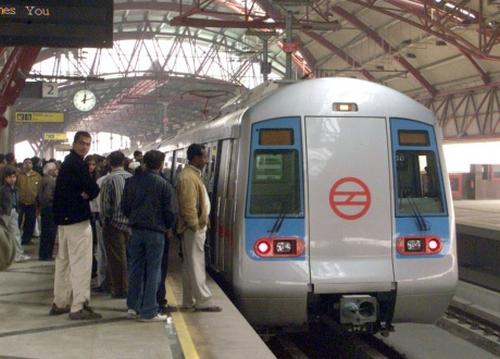
The Metro, which connects the New Delhi railway station to the Indira Gandhi International Airport through an express link, had to suspend service in July this year after the line failed in safety audits.
Reliance Infrastructure now wants to exit the project citing financial non-viability. (The daily traffic of 25,000, it has alleged, has fallen way short of the projected 40,000).
But Delhi Metro, the operator of the project, is in no mood to listen and has rejected Reliance Infrastructure's proposal.
The news from elsewhere, too, could have been better. The company had bagged a mandate to operate five small airports in Maharashtra (Nanded, Latur, Baramati, Yavatmal and Osmanabad) but is now keen to exit the projects due to poor profit prospects.
After investing around Rs 100 crore (Rs 1 billion) in the airports, the company is losing Rs 2 crore (Rs 20 million) a month. It also beat a retreat from the Worli-Haji Ali sea-link project earlier in September.
After investing Rs 150 crore (Rs 1.5 billion) on project preparation, the company decided to withdraw because of differences with the state government over how to take the project forward.
...
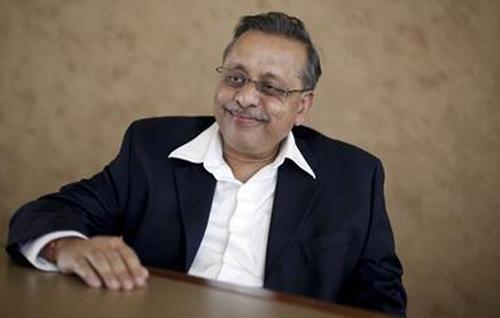
Strong fundamentals
Reliance Infrastructure has three verticals: energy (generation, transmission, distribution and trading); engineering, procurement and construction or EPC; and real estate (road, metro, airport, cement, special economic zones and real estate). The company's fundamentals are strong.
Speaking at the 83rd annual general meeting of the Reliance Infrastructure shareholders on September 22, managing director and CEO Lalit Jalan recalled the "multifold increase in the company's topline and bottomline in the last six years" which has "transformed it into India's largest infrastructure company".
Its balance sheet, Jalan told the shareholders gathered in Mumbai, was the strongest in the sector with net worth growing at 21 per cent annually in the last six years and a comfortable debt-to-equity of 0.74, compared to above 4 for the sector as a whole, which has "positioned Reliance Infrastructure to capitalise future growth opportunities".
But there's no wishing away the problems. Reliance Infrastructure's priority ought to be to get the Mumbai Metro off the ground as quickly as possible. On the successful completion of the project lies its hopes for the future.
Jalan acknowledges there have been delays but is hopeful the Metro project will reach its logical conclusion, soon. "There are certain parts of the Mumbai Metro where we are not getting enough time due to the existing railway network," he says. "But work is going on well and we should start the trial of line one in the current financial year."
...
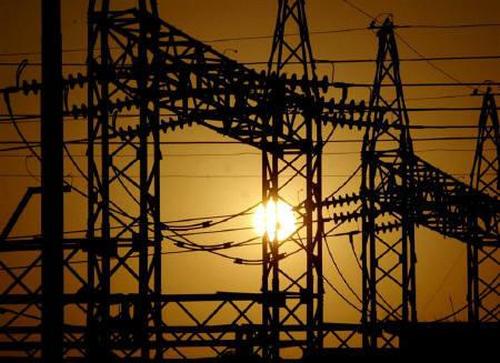
To be sure, Reliance Infrastructure is not the only company in the sector to feel the pain. The economic slowdown, coupled with high interest rates, is hurting all. The company was targeting Rs 9,000-10,000 crore (Rs 90 - 100 billion) of revenue from its EPC business but the performance seems to be falling short.
The vertical reported revenue of Rs 3,500 crore (Rs 35 billion) in the first half of the current financial year, making its investors nervous. The prospects aren't great either.
In the quarter that ended on September 30, Reliance Infrastructure's EPC business actually fell 3.7 per cent year-on-year.
"This year we will have lower revenue in the EPC business. We are expecting the revenue from EPC business to be in the region of Rs 7,500-8,000 crore (Rs 75 - 80 billion)," admits Jalan.
The company has an order book of $2.6 billion (Rs 13,000 crore), as on September this year. This needs to be ramped up.
"The dwindling EPC order book is the key concern for Reliance Infrastructure," says an analyst. Jalan says his team is working hard on acquiring new projects.
"There are many projects in the pipeline including large ones such as the Tilaiya and Krishnapatnam (ultra-mega) power projects. (These two power plants are being put up by Reliance Power, another Anil Ambani company.) Even a single project can add Rs 15,000-16,000 crore (Rs 150 - 160 billion) to our order book. We are in talks with Reliance Power and confident that over the next few months we will be able to scale up our order book," says he.
"With the help of new projects we will be again on track and start hitting Rs 9000-10,000 crore of annual revenue." The power projects, it is to be noted, were bagged by Reliance Power in 2009 and 2007, respectively.
...
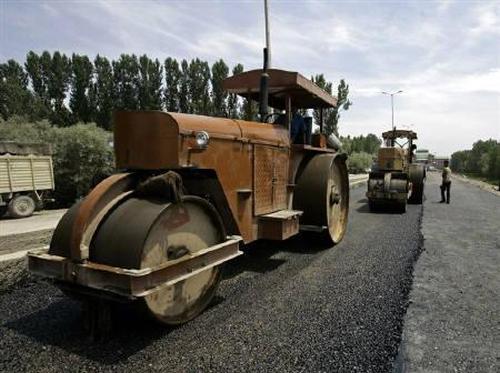
Stumbling blocks
The infrastructure business currently accounts for one-third of the company's capital but contributes only 2 per cent to the revenue. Reliance infrastructure is involved in 11 road projects worth Rs 12,000 crore (Rs 120 billion).
Of these, eight are already operational and another two would start generating revenues by the end of this fiscal. Once completed, the company expects toll revenue of Rs 1,400 crore to Rs 1,500 crore (Rs 14 - 15 billion) from roads by 2015 with an operating margin of 90 per cent.
"There will be revenue flowing in during the coming months and that, to some extent, will absorb the interest costs. On a full-year basis, these road projects can generate revenues of about Rs 1,500 crore," says Jalan.
The investors don't seem to be complaining. Since January this year, the company's stock has risen 38 per cent (it is currently trading at around Rs 471), though the Sensex, the benchmark 30-share index of the Bombay Stock Exchange, has risen 21 per cent during the period.
That's perhaps because, analysts say, Reliance Infrastructure's energy business is doing well - it is growing at 10 per cent per annum.
A tariff increase of 21 per cent in Delhi, where Reliance Infrastructure distributes power in certain areas, coupled with volume growth of 7 per cent in the quarter ended September, have helped the company. The company also plans a surcharge of 8 per cent on the approved tariff.
...
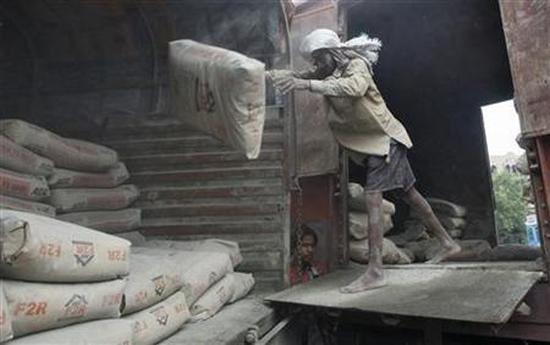
"We expect improved cash flows in Reliance Infrastructure's distribution businesses of Mumbai and Delhi due to favourable regulatory changes and tariff increases in Delhi. In our opinion, Reliance Infrastructure provides a unique mix of stable cash flows from the distribution business and strong growth potential from infrastructure business," wrote IDFC analyst Shirish Rane in a report after the company had declared its results for the September quarter (profit for the period grew 6 per cent year-on-year to Rs 382 crore, or Rs 3.82 billion).
Speaking at the AGM, Jalan had claimed that the company's technical and commercial losses of 9 per cent were the lowest in the country. Its reliability, he had added, is 99.98 per cent, which means load shedding of just one minute a day.
Going ahead, the key challenge before the company, say analysts, is to finish the projects in hand in time and do its homework on financial viability of projects before bidding. That, they feel, would help it avoid situations like the Delhi Airport Express Metro.
"The group has too many things on its plate. Instead of hoarding new projects across India, it should first execute the projects in hand and showcase them to become the next L&T," says a former top executive of the group.
"How it handles the Mumbai Metro and Delhi Airport Express projects will decide its future."
Another key challenge for the company is to establish its cement brand. (As a symbolic gesture, Arvind Pathak, the CEO of the cement business, had presented a bag of cement to Ambani at the AGM).
The company has launched Reliance Cement in Nagpur , which is dominated by ACC-Ambuja and Birla's Ultratech Cement. The company has invested close to $1.1 billion in two plants in Madhya Pradesh and Maharashtra and investors are hoping for more clarity on returns on investments.
(Jitendra Gupta contributed to this report)